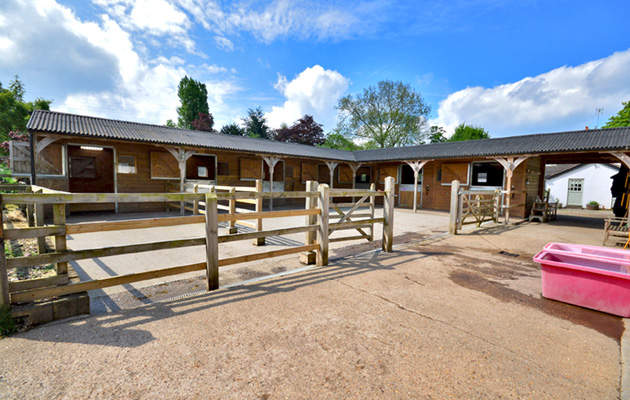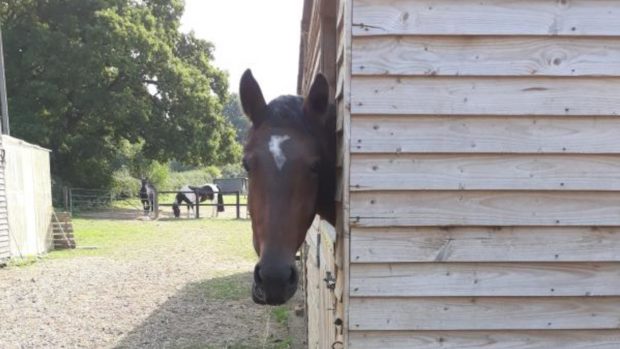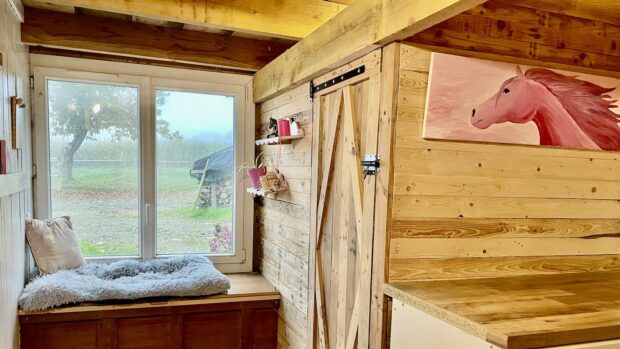If you are intending to build a new permanent equestrian structure, the first step is to seek planning permission for stables from your local planning authority before starting. In some cases, planning permission will also be required for a field shelter.
“It is essential to obtain permission as this ensures you are lawfully allowed to build your equestrian development. Failure to do so can result in costly enforcement action by the local planning authority and ultimately possible demolition of the building,” explains Tony Stevens, a technical and stable design manager.
The local planning authority (LPA) is responsible for deciding whether building work can take place as they manage the development and use of towns, cities and the countryside. Planning permission is not so much about the size of the building but its location and intended use. It also takes into consideration the design and look of the building, how it will be accessed, the impact the building will have on the environment as well as ensuring the building complies with health and safety regulations.
“It’s very important to think about site access — not just about getting your own horse lorry there but also how 20 tonne delivery lorries will gain entry during the construction phase,” says Stuart Bark, managing director at Chapelstone Equestrian Construction.
“Always apply for more than you want so you can compromise and cut down. If your building ends up having a smaller footprint than what you applied for they won’t mind, but if you want a bigger footprint you will have problems.”
The first step to obtaining planning permission for stables is to contact your planning department for advice. Ask for their help and find out if there are any specific guidelines you need to know about before starting your application as all LPAs are different. They can also advise on what is more likely to be accepted.
“Your planning application will depend on the size of the development and the LPA in question. As a bare minimum a planning application for a stable block will require submission of application forms, location plans and elevation drawings of your proposed stable block,” says Tony.
“In addition to the above, and especially for larger builds, the LPA may also ask for specialist reports such as flood risk assessments, ecological surveys or landscape schemes.”
Once you have submitted your application the wait to find out if you have been successful is normally two to three months, but has been known to take considerably longer. During this period the site will be inspected, neighbours may be consulted and your local authority may come back to you with suggested amendments.
Identifying any business or rural benefit that will be derived from the new structure can aid your application as the National Planning Policy Framework (NPPF), which promotes a prosperous rural economy, will be considered where relevant to the planning application.
It is important to be as flexible as possible regarding the design and location of your proposed structure as this may make the difference as to whether or not your application is successful. Once your local planning authority gives you a final answer you will either be able to proceed with the build or need to consider their proposed changes.
Planning permission for stables: top tips
- Be polite, helpful and honest with the local planning authority at all stages of the application.
- Be realistic with your application and sympathetic to your surroundings.
- Inform your neighbours of your plans, listen to any feedback they may have and keep them informed throughout the process: “It’s important to have surrounding neighbours on side as they will be notified of the development and have the opportunity to voice any appropriate concerns,” continues Tony.
- If possible choose a location that is close to existing buildings as councils prefer this. “Don’t choose a position that is close to waterways due to the flood risk or lots of trees as you can’t build within the root structure envelope,” says Stuart.
- Do not start to build your new structure until planning permission has been granted.
You might also be interested in:

How to improve your stable yard: things to consider
As part of HorseandHound.co.uk’s online focus on stabling, here are five things to consider before starting work on your yard

Subscribe to Horse & Hound magazine today – and enjoy unlimited website access all year round
- To stay up to date with all the breaking news throughout the Paralympics, Burghley, HOYS and more, subscribe to the Horse & Hound website





